A look back on a difficult time in our lives … and how it can bring hope for the future of our neighborhoods.
The second week of March 2020 was a time that most of us won’t soon forget. That week marked the beginning of the effects of the COVID pandemic in our everyday lives. Students of all ages came home for spring break … and didn’t go back. Offices shut down, restaurants and shops closed, churches and cultural institutions were shuttered, and all local events were cancelled—first for more than 100 people, then for more than 50, then for everyone. For many of us, even community parks and trails were off-limits. Over the course of just a few short weeks, our usual spheres of everyday life got fewer and smaller, until most of us we were down to just one physical area for our daily lives: our neighborhood.
As we all became more and more isolated during those difficult weeks and months, some were fortunate to live in a neighborhood that already had a system of communication in place (ours was a private Facebook group), and so we could check on one another regularly. Others found new ways of making sure everyone was doing okay: “I have extra toilet paper. Does anyone need some?” Or “I’m going to the store later today. Message me if you need anything.” Or “I was just at the drug store, and they had lots of bread and milk!”
Sometimes the messages were more personal and poignant: “If anyone doesn’t feel comfortable going to the grocery store, please let me know! I’ll shop for you.” Or “If you can’t get out and need help with your pet, I can walk dogs or share our cat food.” Or “Does anyone have extra disposable gloves or masks I can have? My mom is in poor health and I need to help her at her house today.”
But I think the best effect that COVID had on our neighborhood was that it made many of us get outside and get to know one another better—even if it was at a six-foot distance. And then in addition to information on community services and store inventories, we also started sharing messages like this: “Everyone is out walking so much more than usual! My kids are wanting to make pictures or encouraging signs to put on our door and in our windows to brighten everyone’s day. Wouldn’t it be fun if lots of us did this and we could change it up every few days?”
And so we did. Many of us made signs with colorful flowers, bright yellow suns, and other springtime themes and taped them to our windows and doors. People out walking (because remember, that’s about all we could do back then) would look closely at each house to see what cute pictures or encouraging messages were displayed for them. Adults and children took part in this—both as artists and as art appreciators!
And of course, with all that walking, people were bound to be outside at the same time. Sometimes they were standing in the street, saying hello to passersby or having a loud conversation with neighbors on their porches. Sometimes they were meeting at a six-foot distance, grateful for the human contact and shared experience together. Sometimes they were passing each other with dogs or small children in tow, stopping to chat even while socially distanced.
Our neighborhood has always been a friendly place, but COVID, in many ways, brought out the best in us. It brought out our need for each other. Because in times of hardship (whether a pandemic, a storm or natural disaster, a loss of utilities or services, or some other shared calamity), where can you turn for help and support, but to those nearby? Your own neighbors—the people right around you—are a ready-made support group for material needs, encouragement, information, and more. The investment you make now in getting to know one another and being neighborly is always a good one, but it really pays off when you face hard times together.
And while I’m not glad about COVID and 2020, I am grateful for it showing me what’s great about my neighborhood community and how it strengthened our bonds with each other. It brings me great hope to know that when future shared difficulties arise, we will be there for each other, going through them together.
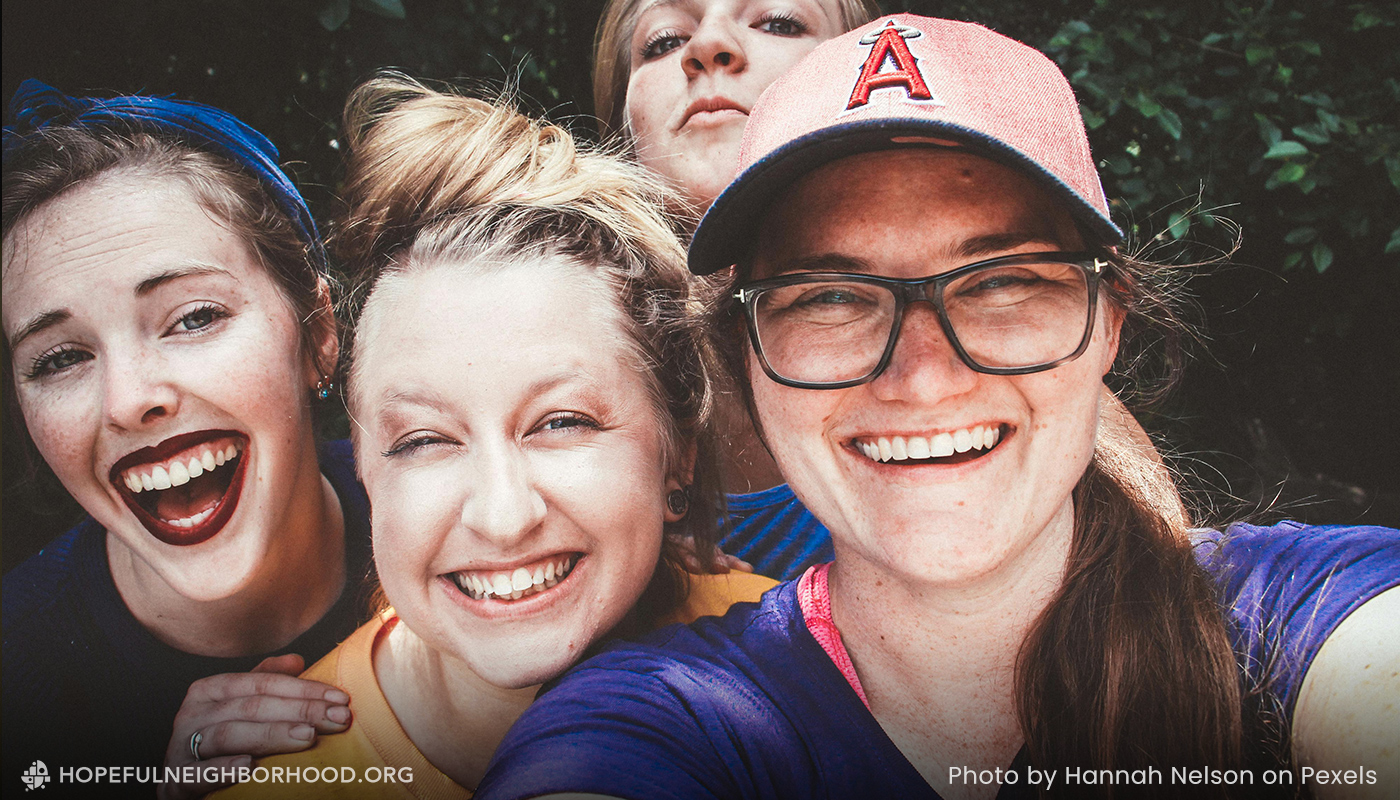
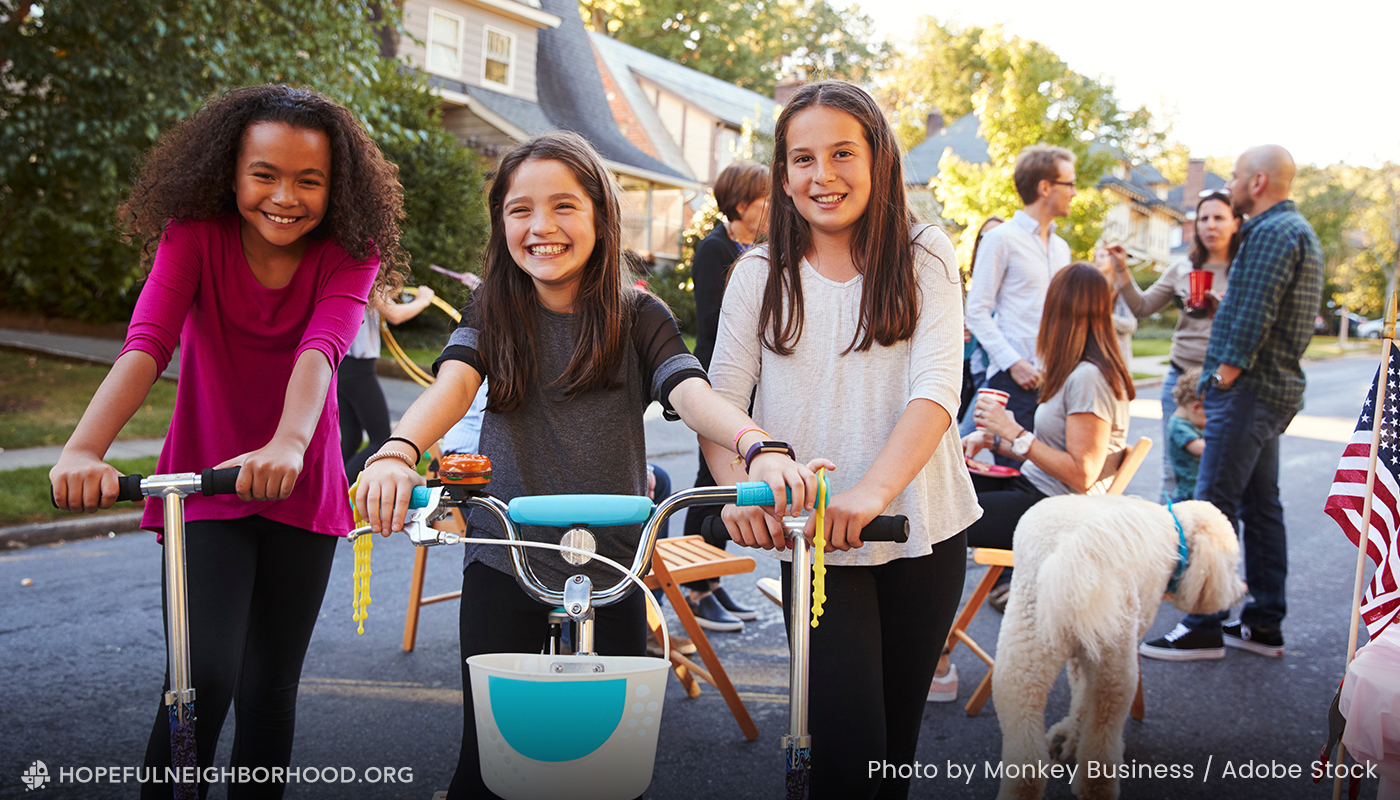
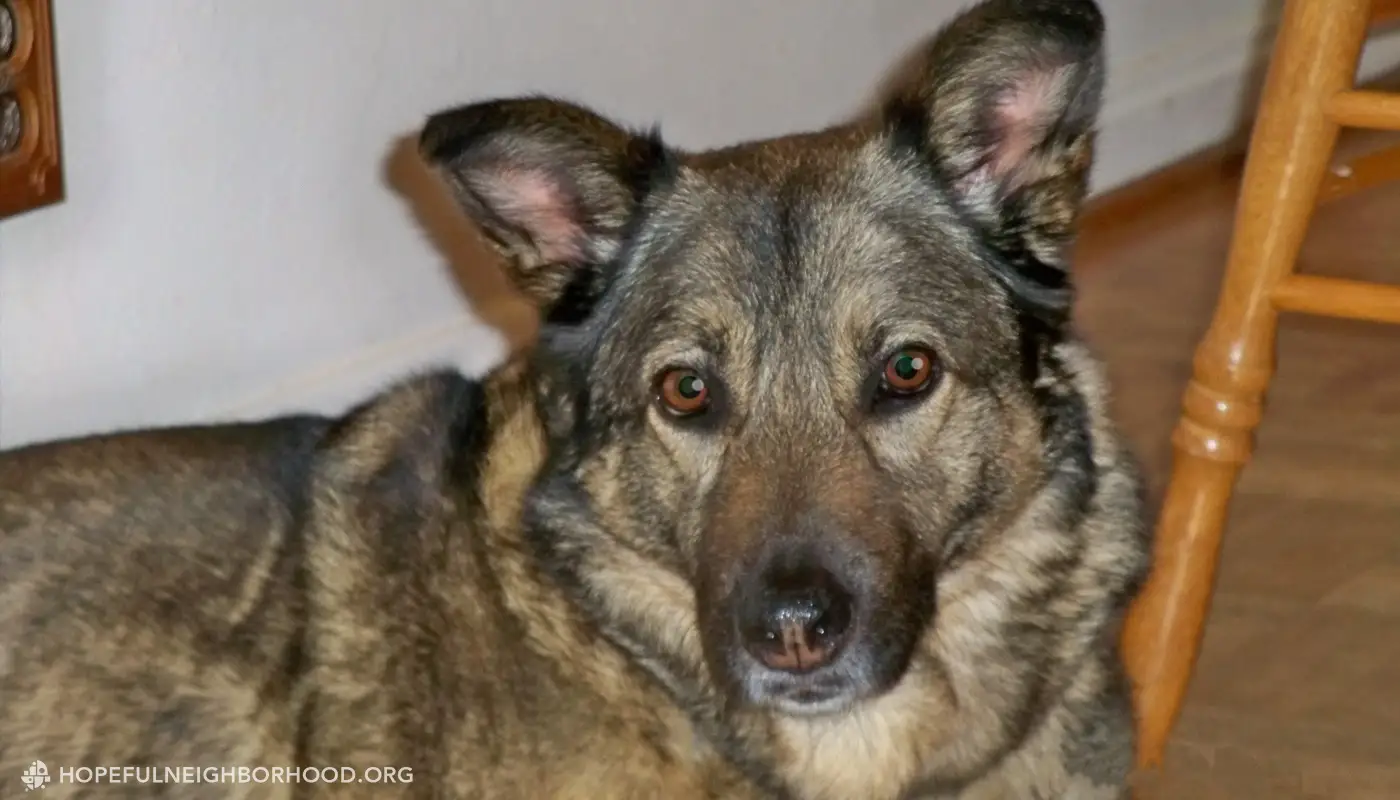
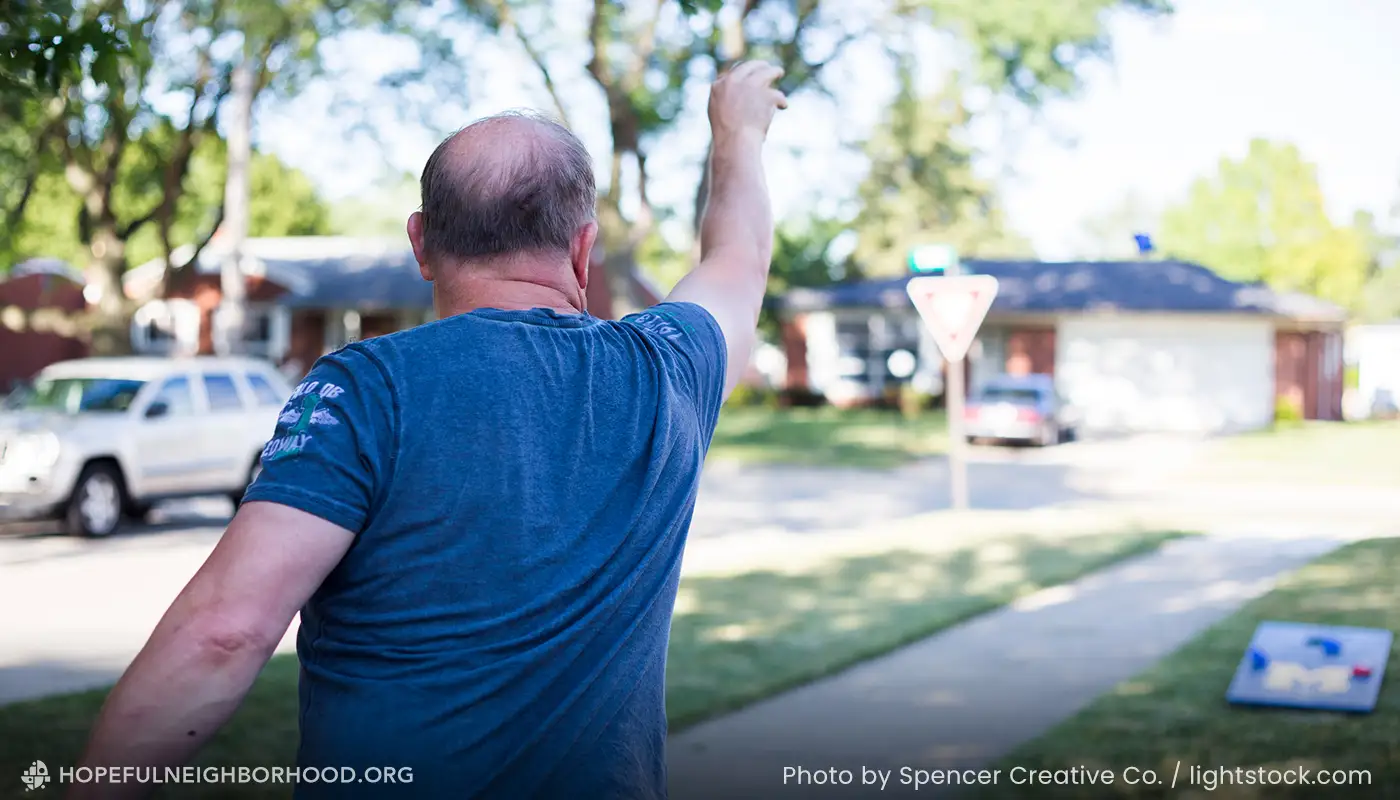
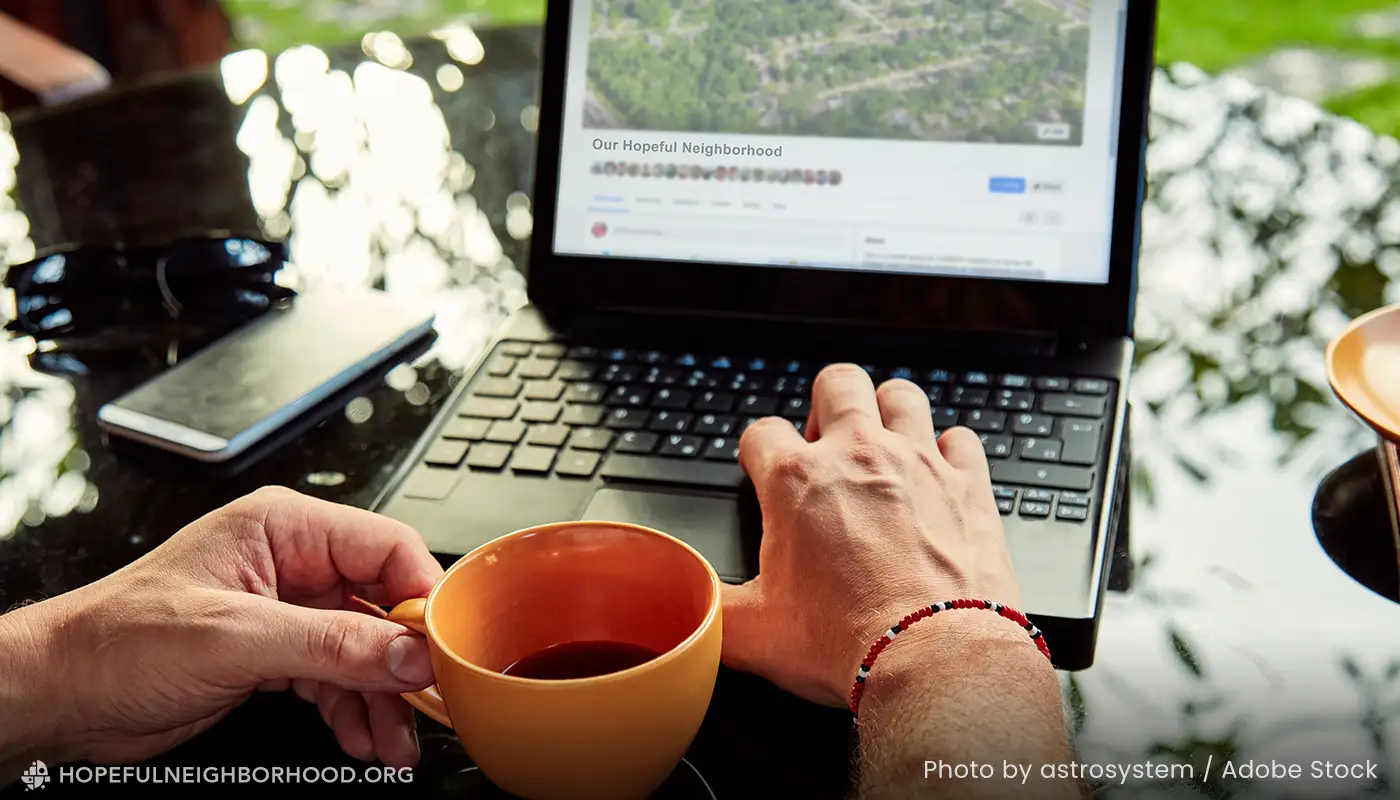
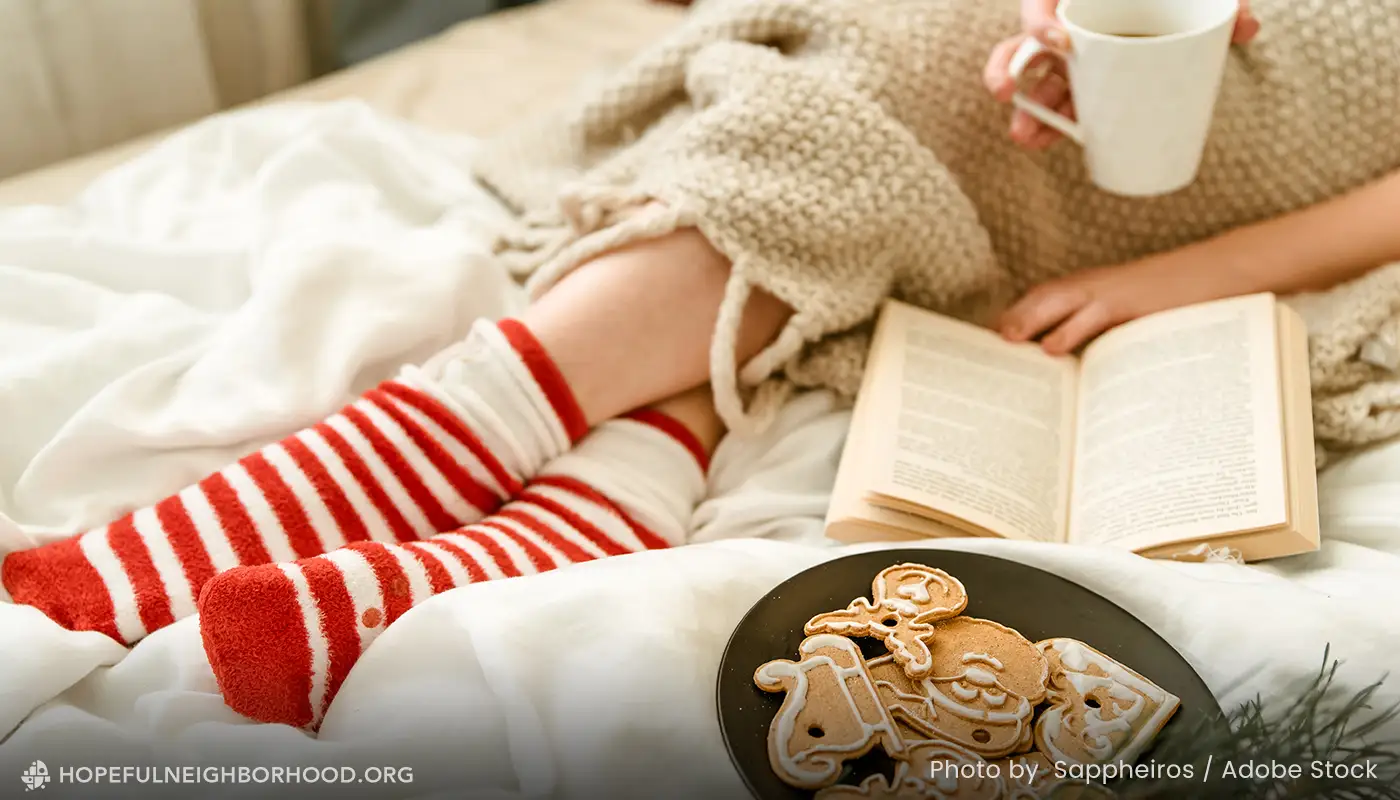
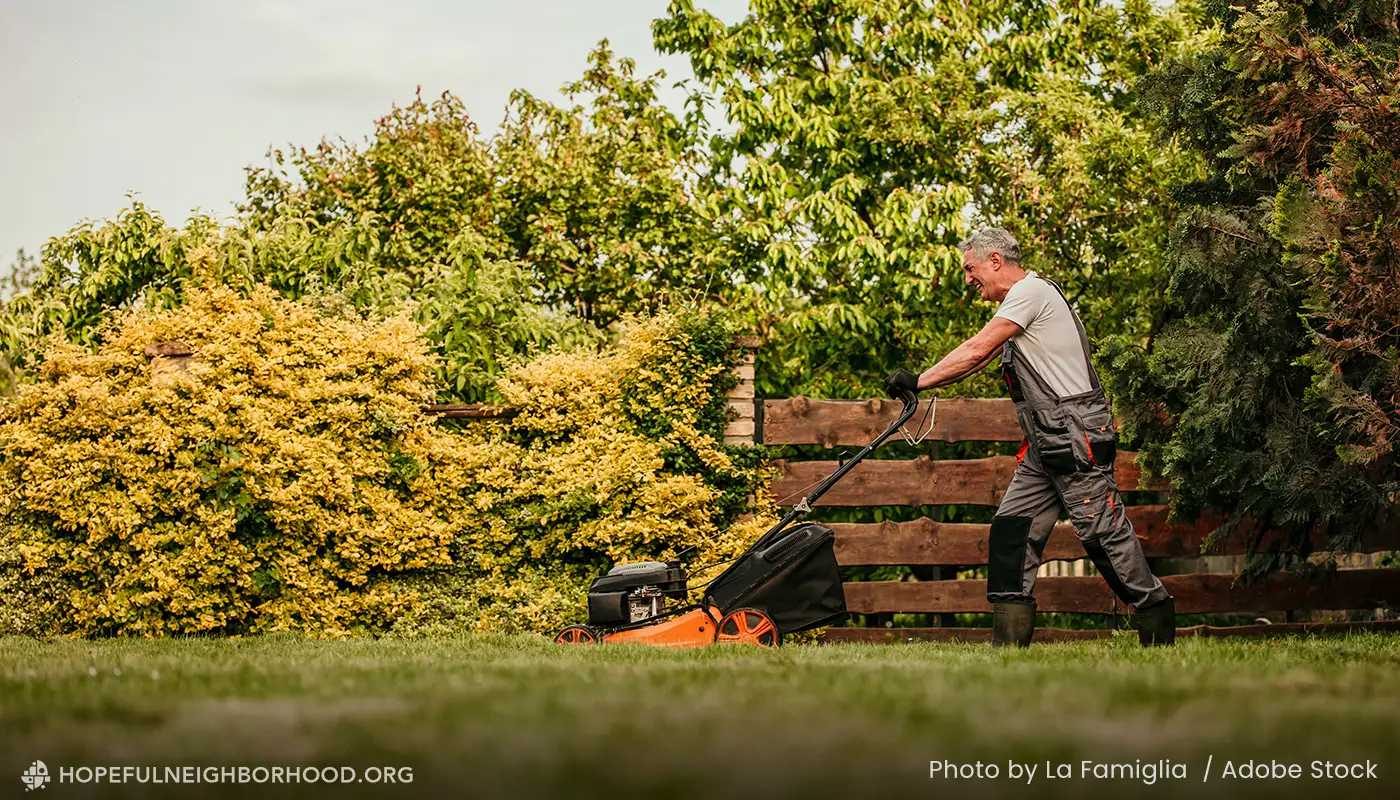
0 Comments